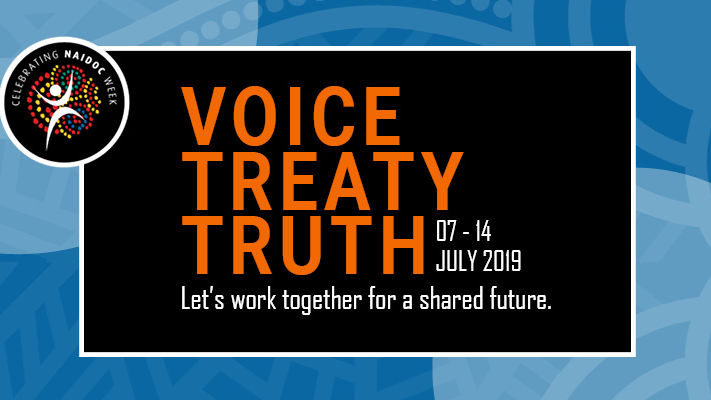Media Release ·
NAIDOC Week: Working together for a healthy Reef

The Great Barrier Reef Foundation is celebrating NAIDOC Week by announcing the establishment of a Traditional Owner Reef Futures Fund with an initial $10 million investment and highlighting how Traditional Owners are starting to expand their Reef protection activities.
Great Barrier Reef Foundation Managing Director Anna Marsden said Traditional Owners have an enduring connection to the Reef and have been working to conserve it for generations.
“We wanted to not only work closely with Traditional Owners but also to ensure that the process is a genuinely co-designed approach by incorporating the knowledge and creativity of the people who hold the inherent rights and interests of the Reef,” Ms Marsden said.
“This will enable us to work together for a shared future of a healthy Reef.
“Earlier this year we announced that a minimum $42 million or 10% of the total Reef Trust Partnership funding would be invested in Reef projects and activities with Traditional Owners, this is the largest single investment for Traditional Owner Reef Protection.
“This will enable the Traditional Owners of the Reef to not only continue carrying out Reef protection activities as they have been doing over thousands years but to also ensure that these essential skills and knowledge are passed onto the next generation.
“This investment has been co-designed with the Traditional Owners of the Reef who resoundingly agreed that establishing a Traditional Owner Reef Futures Fund must be one of the priorities.
“The Fund will be a game changer as it will provide independent resourcing and long-term support for Reef-wide Traditional Owner governance arrangements, such as a Traditional Owner Sea Country Alliance, as well as enabling strategic investments that build Traditional Owner capacity and capability in the leadership and delivery of programs.
“This investment will build on and scale up the incredible work already being done by more than 200 Indigenous Rangers and 70 Sea Country groups within the Reef catchment to protect the Reef.
“Traditional Owners are already starting to expand their Reef protection activities with grant funding through the Reef Trust Partnership, covering three key focus areas - Indigenous junior ranger programs, country-based planning and implementation of existing land and sea country plans. We are proud to be supporting 18 Traditional Owner Reef protection projects that received a share of $1.8 million early this year.”
Wuthathi Chairman Keron Murray said this grant is an important stepping stone for our people as it enables us to begin our ranger program and have a presence on country, something we have been actively working on achieving since having our Land returned.
“Part of our Country is Shelburne Bay in the Cape which is a unique landscape of high ecological importance and thanks to this grant we will be able to implement an important step to lay the foundations for future generations to care for our country,” Mr Murray said.
Gidarjil Development Corporation Project Coordinator Patrick Fennessy said thanks to this grant the Traditional Owners of the Port Curtis Coral Coast region, the Byellee, Gooreng Gooreng, Gurang and Taribelang Bunda peoples have been able to expand their Cadet Program, which is aimed at junior secondary school students that have graduated from the established Junior Ranger Program.
“The cadets will be mentored by elders in traditional knowledge and learn firsthand from the Gidarjil Rangers on key environmental activities such as monitoring of sea-grass meadows and salt marshes, fox predation of turtle nests, burns of coastal vegetation,” Mr Fennessy said.
Great Barrier Reef Foundation Managing Director Anna Marsden said the Girringun Maritime Project means that rangers will be able to train with an Indigenous Maritime Training Company to obtain formal maritime qualifications in Deckhand and Coxswains certificates.
“This will enable Girringun rangers to look after their vast areas of sea country between North Maria Creek to Rollingstone,” Ms Marsden said.
These projects are funded by the partnership between the Australian Government’s Reef Trust and the Great Barrier Reef Foundation.
The Cape Cleveland Statement that was put together by the Traditional Owners of the Reef at the first Reef Trust Partnership co-design workshop in Townsville in May which states the need for the Traditional Owner Future Fund is available here




